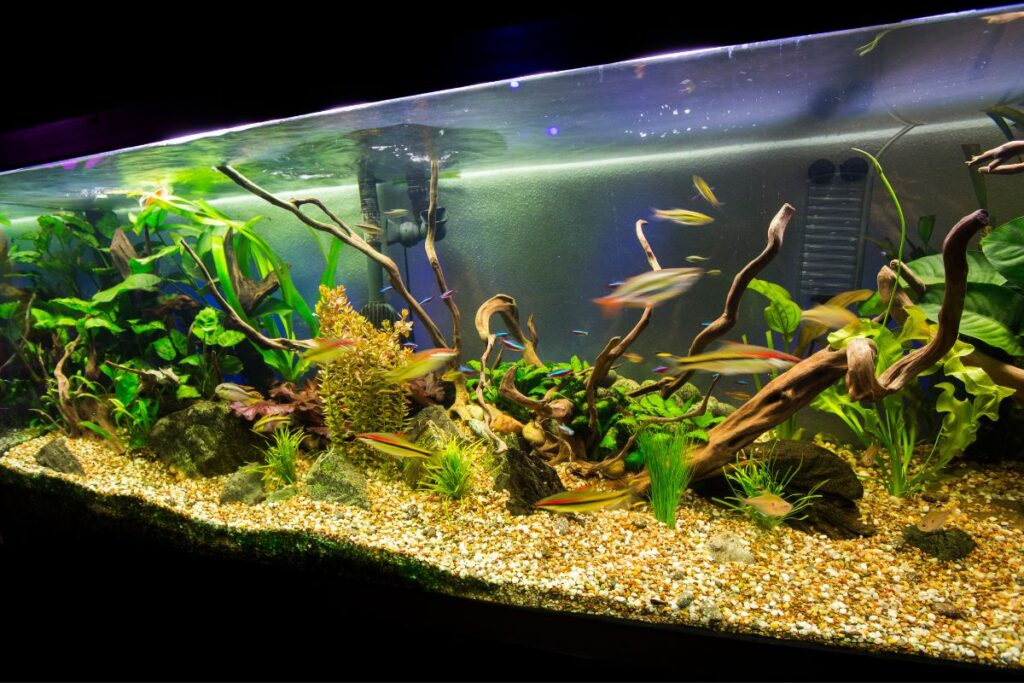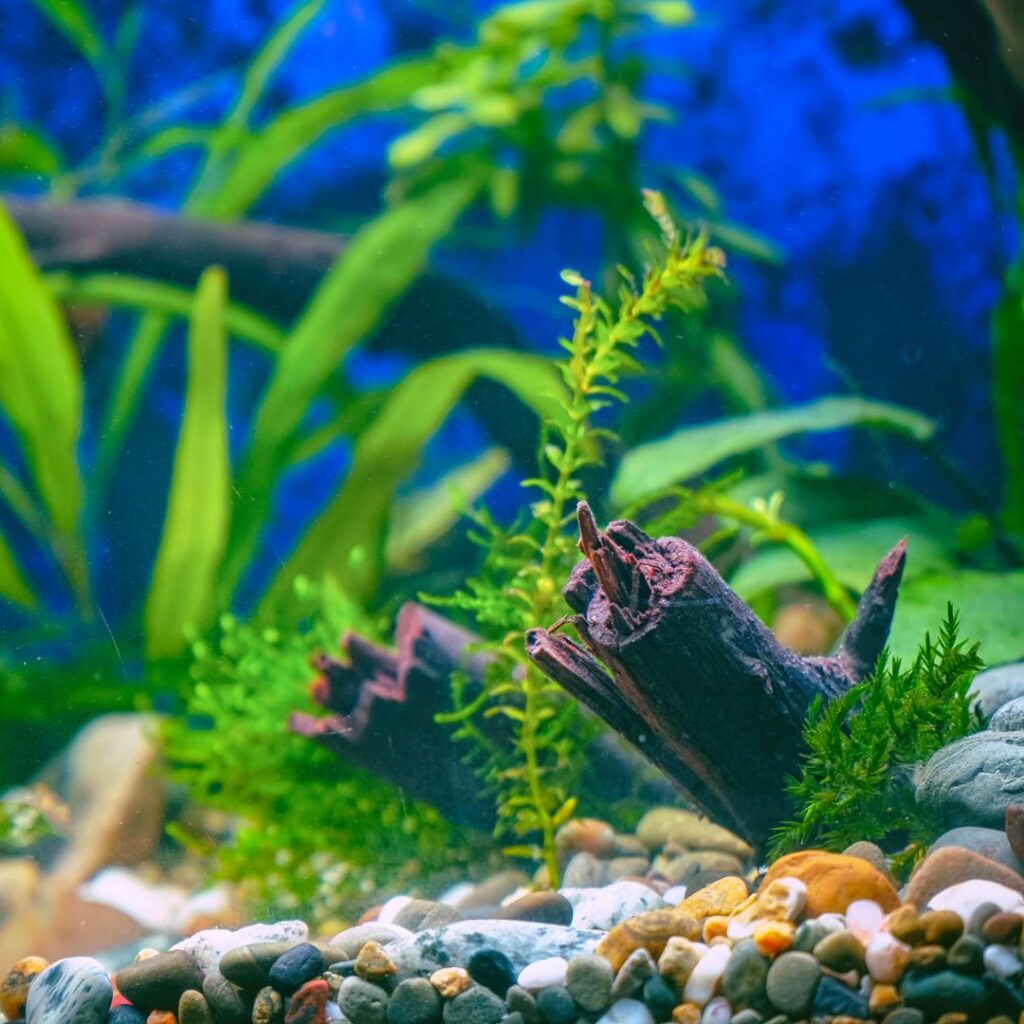Welcome to the world of aquarium plants! With the right knowledge, you can easily use super glue to create a beautiful and safe aquatic environment. Super glue is an incredibly versatile tool that can be used for a variety of purposes in your aquarium. While there are numerous types of super glue available on the market, it’s important to make sure you use one specifically designed for use in aquariums. In this article, we’ll explore different types of superglue and discuss how and where to safely use it in your tank. So let’s get started – read on for some helpful tips on using super glue for aquarium plants!

Contents
Different Types Of Super Glue
With so many kinds of superglue out there, it’s important to know which one is best suited for your aquarium needs – so you can get the job done right! When choosing glue for use with aquarium plants, you’ll want to consider its adhesive properties and how well it works in water. Additionally, familiarizing yourself with the various application techniques is key to getting a strong bond between plant and substrate.
The most common type of super glue used in aquariums is cyanoacrylate glue. This type of adhesive works in both fresh and saltwater environments, dries quickly, and provides excellent adhesion strength in wet conditions. For a stronger bond on porous surfaces like driftwood or rocks, epoxy-based glues are recommended. They may take longer to dry but have greater resistance against impact or abrasion once dried.
Knowing what kind of adhesive will work best for your setup will help ensure that any repairs or decorations stay secure over time. With careful selection and proper application technique, you can trust that your aquascaping project will look just as beautiful after months as it did when first installed!
Safe Super Glue for Aquarium Plants

When it comes to your aquatic environment, making sure you choose the right adhesive is essential; a secure bond ensures the safety of your inhabitants. When selecting an adhesive for aquarium plants, waterproofing options and adhesion techniques should be taken into account. Super glue is one option that can offer strong results when used correctly, but only certain types are safe for use in an aquatic environment.
Using regular superglue on aquarium plants could potentially harm the plant or other tank inhabitants if it enters the water. To ensure safety, opt for a special aquarium-safe super glue specifically designed for underwater use. This type of product will contain non-toxic ingredients and be free from any harmful chemicals that could leach into the water column. Before using any adhesive on fish or plants, make sure all cleaning supplies have been removed from your tank to avoid contamination.
Aquarium-safe super glues are available in both liquid and gel forms depending on which works best for your project needs. The gel form tends to hold its shape better once applied underwater while the liquid form may require a longer drying time before coming into contact with water or fish. No matter which types you choose, always test out a small amount first before fully committing to ensure no adverse reactions occur in your tank environment.
The three most recommended super glue for aquarium plants are:
Where to Use Super Glue in Your Aquarium
For a secure bond and to ensure the safety of your aquatic environment, using aquarium-safe super glue can be essential. When using this type of adhesive, you should take into consideration various dosing techniques to get the best outcome from the adhesive properties provided. This is in addition to making sure that it will not disrupt water chemistry or affect any living creatures in the tank.
When selecting an area for gluing, it is important to make sure it is dry and free from any debris that could interfere with the bonding process. You will also want to make sure that no plants or animals come into contact with the glue while being applied. Once you have selected a safe spot for application, you can apply a small amount of superglue directly on the desired surface. When doing so, use care not to overdo it as too much of this adhesive may cause some unwanted results within your aquarium such as discoloration or corrosion of certain surfaces.
To ensure that your aquarium stays healthy and functions properly, be sure to read all directions before use and keep an eye on any areas where the glue has been applied for signs of damage or deterioration over time due to its effects on water chemistry. With proper precautions taken when applying super glue, you can safely enjoy a secure bond between two surfaces in your tank without endangering any life forms inside!
How To Glue Aquarium Plants in Aquarium
Gluing aquarium plants in your tank is a great way to create an aesthetically pleasing environment, so grab that adhesive and get to work! Before you start gluing, make sure you are using the right waterproofing methods. You can do this by using silicone-based sealers or epoxy resin if you want a permanent bond. Once you have chosen the best waterproofing method for your project, it’s time to trim your plants and prepare them for gluing. Trim any dead leaves or flowers off of the plant before attaching it to its new home. This will help prevent mold growth and algae development in your tank.
When it comes to applying super glue, use tweezers or pliers when necessary as not all aquarium plants can be handled with bare hands. Carefully coat the end of the stem with super glue and attach it where desired on rocks, driftwood, or other decorations in your aquarium. Make sure that the root system is fully submerged so that oxygen can reach it properly and keep away from any filter intakes or other moving parts in your tank as this could affect their performance.
Once attached, hold the plant firmly into place for at least 30 seconds until set then let go – just make sure not to touch anything else during this time as contact with skin may cause irritation! Give yourself enough time between steps to ensure everything sticks securely and inspect each plant after placement for any signs of loosening or displacement before continuing on with further decoration efforts.
Related Post:
10 Ways How To Anchor Aquarium Plants
Conclusion
You’ve now got the basics of using super glue for aquarium plants. Now that you know which types are safe, where to apply them, and how to get the best results, you can confidently use them in your own aquariums.
Remember to be careful when selecting super glues as some brands may contain toxic chemicals, so make sure you read the label before purchasing. With a bit of practice and patience, you’ll be able to keep your aquarium plants looking great and secure with super glue!



